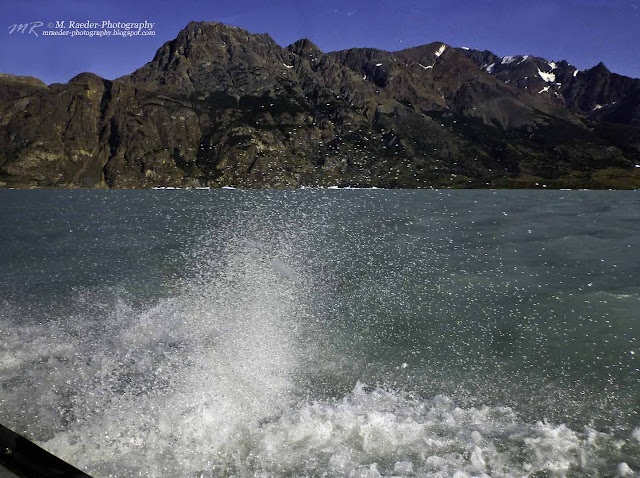Patagonia – El
Chalten,
a village at the foot of the FitzRoy Mountains
A visit to La Vineria, an unexpected, amazingly well-stocked and sophisticated Wine Bar.
A visit to La Vineria, an unexpected, amazingly well-stocked and sophisticated Wine Bar.
[Part 3 of my Patagonia Journey]
When I checked Wikipedia, here is what is said about the
small community:
"El Chaltén is a small mountain village in Santa Cruz Province, Argentina. It is located in the riverside of Río de las Vueltas, within the Los Glaciares National Park (section Reserva Nacional Zona Viedma) at the base of Cerro Torre and Cerro Fitz Roy mountains, both popular for climbing. For this reason this village is well-visited by trekkers and climbers.
The village was built in 1985 to help secure the disputed border with Chile. Today the sole reason for its existence is tourism. It is 220 km north of El Calafate.
"Chaltén" is
a tehuelche word
meaning smoking mountain,
as they believe it was a volcano for its peak is most of the time covered by
clouds. Other visited tracks and sights are Torre
Glacier, Laguna Capri, Piedras Blancas Glacier, Chorrillo del Salto and Laguna
de los Tres.
The village provides national park information for
visitors, as well as commercial camping (with showers) and a very limited
number of beds, catering mostly for backpackers. On the treks outside of the
village free campsites are provided. There are two automated teller machines and
relatively no cell phone service. The tourist trade has spawned a few
restaurants and shops in town, with a large variety of outdoor equipment for
sale, while some of the accommodations provide internet and phone access and
show regular movies. Other than that, the town is fairly far removed from the
normal flow of news and communication, even during high season
(November–February). The town is nearly deserted during off-season (the
southern hemisphere winter).
Climate: El Chaltén has a dry -yet unpredictable-
climate, with light precipitation distributed on a large number of days:
despite the semi-arid setting, bad weather is exceedingly common. Summers
experience long daylight hours, very windy weather, and cool temperatures,
mostly below 18ºC (65F) during the day and below 5ºC (41F) during the night.
Frost can and does occur in the summer too. Winters bring snow in moderate
quantities, and average temperatures around 3ºC (37F) during the day and -4ºC
(25F) during the night; however, the coldest nights are much colder than this.
Spring and fall are variable, but generally cold as well."
Well, the village
of El Chalten is still far away from any other towns. During our 220 km
drive north from El Calafate we only saw signs for the occasional ranch (Estancias) along
the way. But much has changed in the
village over the last decade since tourism has increased and with it the number
of guesthouses and hotels. Now, modern
accommodations for the non-trekking traveler are sprouting up all over the
village, and we stayed in a very nice western standard hotel. Small restaurants offered excellent food and
the local Pizzeria tells of the northern influence. But what was really surprising is that El
Chalten has a wine bar stocked with a wide variety of Argentinian and Chilean
wines. One afternoon, our group was
invited to sample a large number of different wines each accompanied by
recommended food matching in character and complimenting the bouquet of the
wine. To find such a sophisticated place
here in a place that one could classify as ‘at the end of the world’ is
amazing.
The Wine bar sported an amazing number of different wines.
Elegant decorum
Are those the tastes that go with wine?
Ready for more tasting
Tish is admiring the wall of wine bottles from Argentina and Chile
Ready for the next round
Our Group of 15 sure filled the small wine bar.
Tasty morsels before the next wine.
Even as far south as El Calafate, where the climate is cold most of the time, wine is grown and prepared.
Cheese to clear the palette between the different flavors.
Ed and Pat waiting for the next sample.
Some of us walked back to the hotel under a beautiful sky with the FitzRoy Mountains slowly sinking into the night. Another successful day on my journey in Patagonia.
Til next time,
Meggi
Torre Ceres and FitzRoy Mountains in last light
Part 1: Patagonia - Overview of my Journey is linked here.
Part 2: Patagonia - Glaciers and Rugged Mountains is linked here.
Comments? I love to hear from you. Please use my email mraeder33@gmail.com to reach me.















































